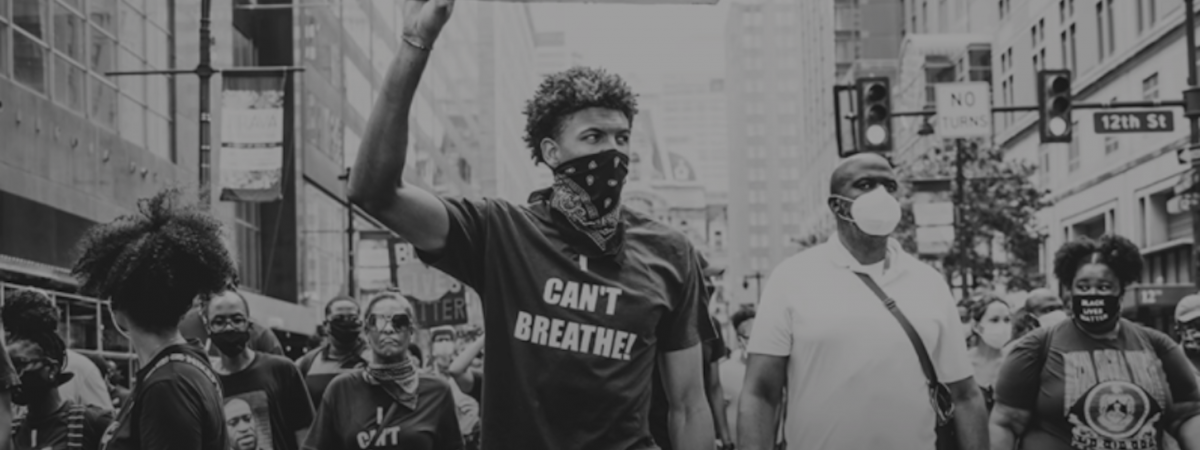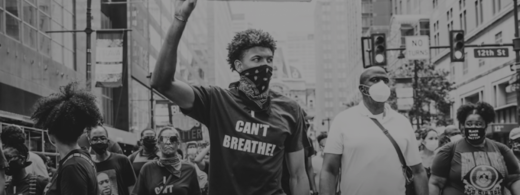Beyond Blocklisting: Using Technology To More Efficiently Manage Brand Safety
Beyond Blocklisting: Using Technology To More Efficiently Manage Brand Safety

From the Capitol riot to the death of George Floyd to COVID-19 vaccine misinformation, brand safety has become a major concern for marketers.
This issue rose to the fore in 2020 as publishers faced a challenging advertising environment with a focus around issues related to COVID-19, as well as issues related to racial justice and the Black Lives Matter protests.
These challenges continued into 2021. In the 10 days following the Capitol riot on January 6th, content related to hate speech tripled compared with the 10 days preceding the riot, according to DoubleVerify.
According to a report in The Wall Street Journal, Vice’s most-read stories in June 2020 were about the racial-justice protests, yet they generated only half of the CPMs of less controversial content.
Retailer Target blocked ads from pages with Black Lives Matter movement keywords to avoid exploiting tragedy, although the company has supported the protests.
Unfortunately, brand-safety tactics are focused on offensive keyword bucket lists instead of using more sophisticated technology to uncover truly offensive content.
Brands are stuck with this legacy habit of keyword bucket lists from the early 2000s because they provide a fast and easy solution that enables them to maintain control and mitigate the fear of running on or adjacent to unsafe content.
Video research firm Ace Metrix published research showing that that ten leading Black Lives Matter-themed ads aired in June 2020 from a range of marketers including Papa John’s, Sprite, Disney, Coca-Cola, Nike, and Verizon significantly outperformed an average ad, with Ace Scores ranging from 691 to 578, compared to the 544 Ace Score norm for an average ad.
Given the trends of the last eighteen months, it’s unlikely that the brand-safety issues we have experienced will disappear. So what can marketers do?
First, with the changes from Apple now requiring user approval for app targeting and the end of the cookie via Google next year, advertisers are already turning to contextual targeting.
By targeting ads to the context next to which their ads run, marketers significantly reduce the likelihood of finding out that their ads ran next to inappropriate content because the context must be contextually appropriate.
Second, it’s time for marketers to embrace the cultural changes in society and understand that what was inappropriate thirty years ago can be appropriate today.
I see how my kids interact with my parents. They use different language and address them differently, saying things that I would not have dared to say to my grandparents in the 1980s. It’s not that my kids are rude. Times have changed and how we engage has changed, too.
My kids have greater knowledge of news than I did as a kid because they are more exposed to it. Due to this greater and broader exposure, it’s time for marketers to be more open to running advertising next to news content.
Airlines should not run ads next to articles about plane crashes, but why can’t a finance app, diapers, string beans, or digital Sudoku run next to news? As long as marketers start slow and test, there is no reason not to finally move past the hard news taboo for most product categories.
As the research from Ace Metrix shows, people are supportive of ads that incorporate advocacy or take a position on an issue. Third, marketers should embrace causes in their advertising, and these ads can run in a broader range of contextual placements, including adjacent to news.
Many marketers turned to advocacy-based ads, and as many in the industry have said, this is a trend that is likely to continue. Even Disney, a marketer for whom brand safety is very important, created and aired an advocacy ad supporting Black Lives Matter.
And finally, marketers need to apply pressure on the brand-safety vendors they are paying for brand safety to go beyond bucket lists and use machine learning technologies to validate more ad opportunities as brand safe.
Keyword bucket lists were fine in 2007, but machine-learning applications in marketing technology have advanced since that time
Considering what marketing technology vendors are doing with advanced technologies, they should be able to differentiate between a brand-safe news article about Breonna Taylor or Ahmaud Arbery and something graphic or brand-offensive.
Two years ago, MediaPost covered news from Chase regarding how AI technology outperformed human copywriters. If marketers like Chase are benefitting from AI technology to write marketing copy, in 2021, we should be able to use advanced technologies to bring brand safety into the twenty-first century.
(19)


